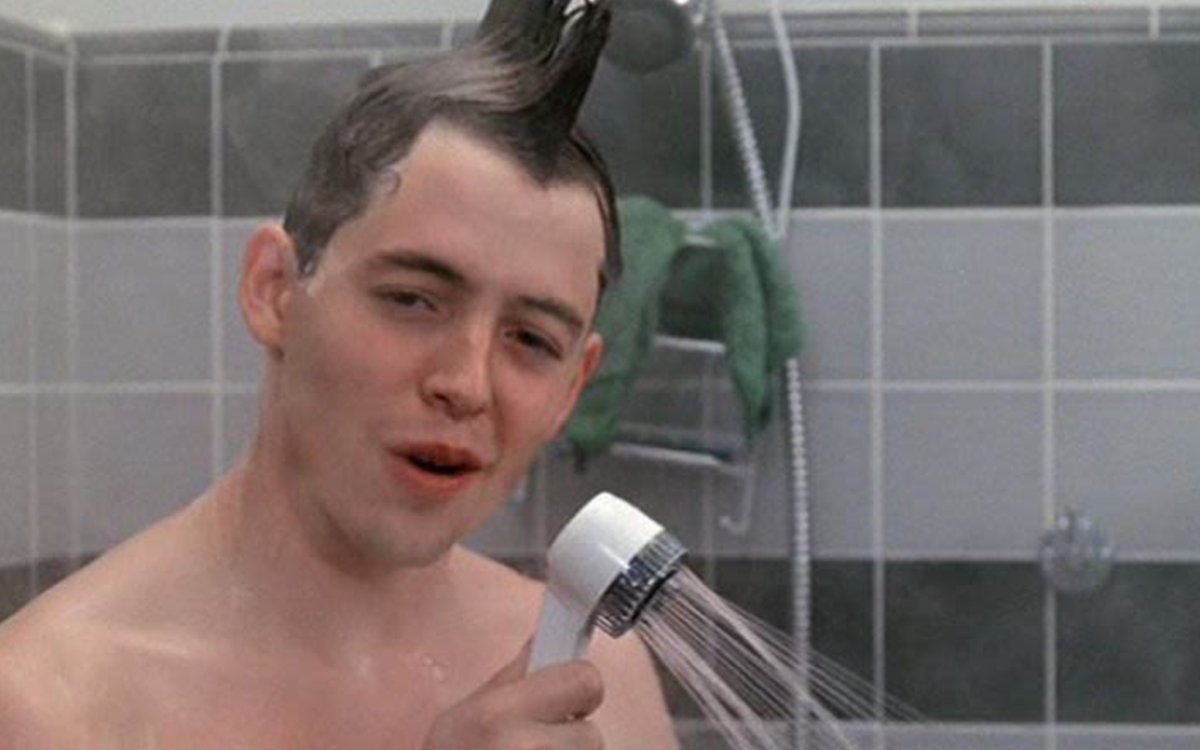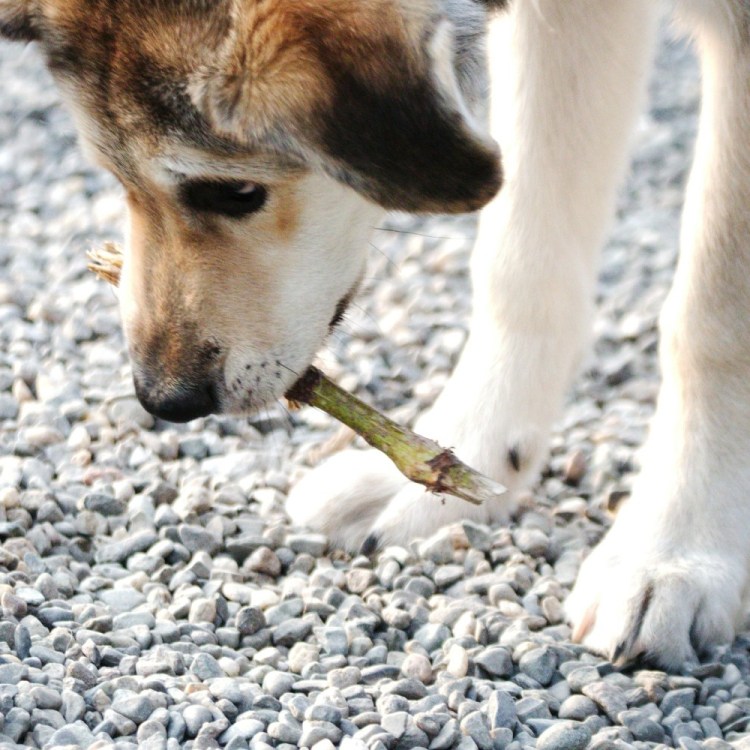I hail from a “night shower” family.
Meaning: for most of my life I’ve showered sometime between dinner and bed. I’ll stand under the warm water and slowly turn my bathroom into a steam room, not leaving much of anything for the fish while my mind retreats to auto-pilot. Showers are my comfort food.
So when I first heard about the “Scottish shower” — a custom that involves ending one’s shower with an ice-cold rinse (and practiced by James Bond in Ian Fleming’s novels) — I was dubious. Back-corner-of-the-internet articles claim all sorts of life-changing effects that attend the method, from glowing skin to strengthened immune systems.
But what does science have to say? Can a couple minutes of frigid torture at the end of a shower really make us healthier humans?
To break the Scottish shower case wide open, we linked up with Dr. Robert Zembroski, 24-year specialist in functional medicine, clinical nutritionist, author of REBUILD and InsideHook’s go-to for all things male-health-related (you might remember when he taught us how to defeat the Dad Bod a couple months ago).
From dopamine release to something called “cold sculpting,” Dr. Z. gave us the goods on whether you should be braving arctic temps at the end of your rinse.
What are the alleged medical benefits of spending extended time in fridgid water?
1. Recovery after a workout: Whether you’re a serious athlete or just trying to impress your partner on the soccer field, a cold-water shower may actually give you an edge. Cryotherapy (ice) and now cold water are being used as training tools to enhance athletic recovery. Data out of Physical Therapy in Sport reveals that going from hot to cold immersion (in water) helps reduce the acute stages of injury in exercised muscles. Still, vasodilatation (dilatation of blood vessels) from the hot water followed by vasoconstriction from cold water could cause a shunting of blood. This removes different metabolites in the muscle and may actually slow down muscle healing.
2. Lowered blood pressure: A study reported in the European Journal of Applied Physiology had participants submerged in water at 32 degrees Centigrade. It found that in very cold water, systolic and diastolic blood pressure dropped by 12%; the stress hormone cortisol dropped by 34%; and there was an increase in metabolic rate by 93%.
3. Increased neurotransmitter levels: Neurotransmitters including dopamine, adrenaline, norepinephrine and serotonin are chemicals released by nerves cells that allow proper electrical transmission throughout the nervous system. Abnormal production of neurotransmitters can cause a variety of health issues like ADHD, depression and anxiety. In the same study, researchers found an elevation of norepinephrine by 530% and dopamine by 250%. Raising dopamine and norepinephrine with cold water seems like a safer way to improve conditions like depression and ADHD, rather than using psychotropic mind meds that come with countless side effects. It might also explain that jolt you felt after your brother tossed ice water on you during your hot shower.
4. Anti-depressive effects: Depression affects countless people, many of whom are prescribed mood-altering mind meds that come with a laundry list of side effects. The non-addictive cold-water shower can help with managing depression. Data out of Medical Hypothesis showed exposure to cold showers for roughly 2-3 minutes caused an increase in beta-endorphins and norepinephrine in the brain. The cold water also stimulates cold receptors in the skin that send massive electrical signals into the brain, thus contributing to its anti-depressive effects.
5. Immune-system stimulation: Counterintuitive to the idea that cold suppresses the immune system, hot water followed by cold water has been shown to improve the immune response. Studies found in the North American Journal of Sports Medicine reveal daily brief cold stress can increase numbers and activity of both T-lymphocytes and natural killer cells — both of which seek and destroy cells infected by viruses and cancer cells.
Will taking a cold shower each day improve the quality of your skin or hair?
Different sources state — without real research — that cold water can improve the quality of skin and hair, but that information is just anecdotal. However, if you are going through cancer care and are distressed about losing your hair, cooling your scalp may help prevent chemotherapy-induced alopecia. Data out of Oncology Research and Treatment shows scalp cooling was 65% successful at helping to prevent hair loss for those going through cancer care.
Could it actually trigger fat loss or contribute to stress relief?
The use of “cold sculpting” in boutique clinics has become a trend lately, and there is some evidence (some, people) that suggests cold-temperature exposure can help lessen the white fat that spills over your waistline. A refresher on fats: there are two types in the body, brown fat and white fat. Each type stores energy in the form of lipids. Brown fat produces heat; white fat is inflammatory and linked to most, if not all, chronic disease, including heart disease, diabetes and cancer. Under cold temperatures, brown-fat metabolism increases, causing it to dissipate heat. Interestingly, exposing the body to cold causes some of the brown fat to become white fat. This process is called “browning of white adipose tissue.” According to Scientific Reports, exposing the body to cold water causes the conversion of brown fat to white fat, which causes the body to burn more calories to keep warm … thus burning off the excessive white body fat.
Does a Scottish shower mimic any restorative effects we see from ice baths?
Both cold-water showers and ice baths create similar therapeutic responses in the body. While ice is used locally to help reduce swelling of a sprained ankle, or local muscle pain after a workout, a cold-water shower causes a “systemic” response, rather than a local response. The water used in a Scottish shower most likely can’t get as cold as ice water, but it can have healing effects similar to ice baths.
What’s that crazy burst of adrenaline all about?
People who bathe in cold water or submerge themselves in ice baths often get a sense of invigoration. It feels like a surge of adrenaline. But while cold water-immersion can increase the levels of norepinephrine and dopamine, it doesn’t actually raise levels of adrenaline. Raising dopamine and norepinephrine creates symptoms of an “adrenaline rush” — rapid heart rate, heightened senses, decreased ability to feel pain, and increased strength and performance. Of course, under cold-water temperatures, the release of these neurotransmitters is short-lived. As with any other momentary stressor, when the cold stimulation is gone, the release of neurotransmitters also subsides, and the body returns to normalcy. This is a healthy physiological response.
The Verdict
The Scottish shower does have some health benefits. Try to ease in to it so it becomes a habit. Start by lowering the water temp at the end of each shower until you can tolerate the cold temperature, and stay under the cold water for as long as you can tolerate (you’ll probably starts at 30-90 seconds). The next time you shower, make the water a little colder and try to last in it for another minute or two. There’s no real protocol regarding the time in the cold water, or the frequency each day or week. Just remember: before fire and hot-water heaters were invented, humans routinely dove into cold water to cleanse themselves, and they all (or at least most of them) lived to tell the tale.
The Charge will help you move better, think clearer and stay in the game longer. Subscribe to our wellness newsletter today.


















